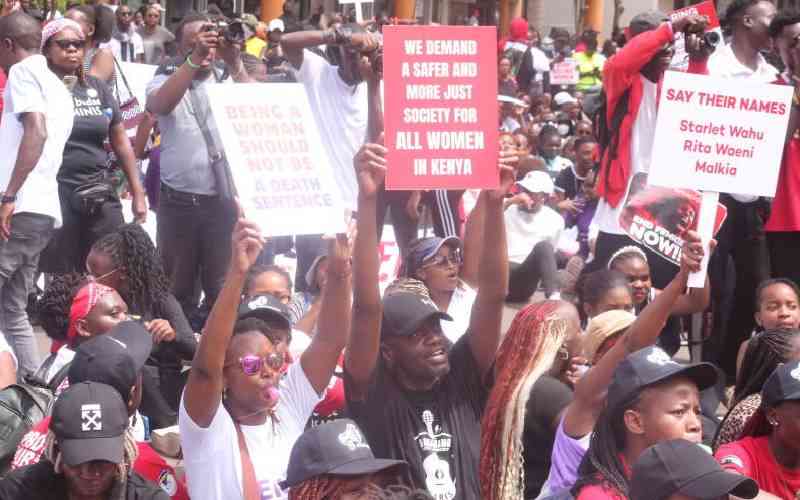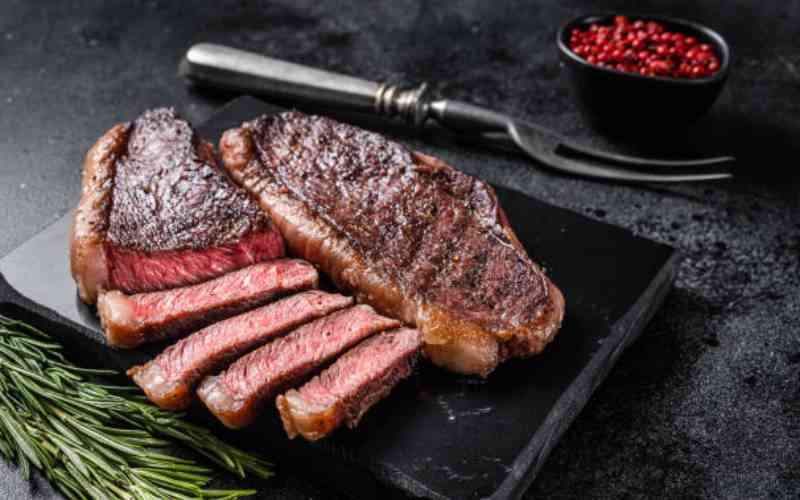Excise duty is an indirect tax charged on the sale, or production for sale, of specific goods or services within a country. It is a consumption tax collected at the point of production of goods or provision of services.
Historically, excise duty has been viewed as a tax aimed at influencing consumer behaviour by punishing those consuming products that are viewed as having major externalities both for the consumer and society. An externality in economics means the cost or benefit that affects a party who did not choose to incur that cost or benefit. This has seen the tax assigned a loose moniker as a ‘sin tax’. This was based on the fact that excise duty has historically been levied on products like alcohol, tobacco, motor vehicles and petroleum. These were products viewed as having a big impact on society and hence high rates of excise duty were levied on them to enable the Government counteract their impact on the users and affected third parties.
Hence, the public took it to be a case of punishing the sinner as retribution for their sins.
However, in the recent past, the scope of supplies subject to excise duty has expanded with products like plastics, bottled drinking water, cosmetics and soft drinks among others being brought into the excise duty net. Additionally, the scope of excise duty has expanded to include services; in the year 2013 financial services and money transfer services was brought into the excise duty net in Kenya. In other East African economies like Uganda, excise duty is levied on outlier products like cement while in Rwanda it is also levied on powdered milk. Such has been the evolution of excise duty.
Currently, excise duty forms as much as 45-55 per cent of the retail selling price of some products on which it is applied. It offers the Government an easy and efficient opportunity to charge and collect tax to finance expenditure.
Excise duty is a tax that though borne by the consumer, is collected by the producer and therefore makes it easy to administer.
Revenue collection
The introduction of excise duty on traditionally non-excisable products as well as services has gone to dispel the notion that excise duty is a ‘sin tax’. Currently, one can confidently conclude that excise duty serves three main purposes; collection of revenue, influencing consumer behaviour and influencing product distribution.
Based on these developments and given that a new Excise Duty Act is expected to come into force in Kenya soon, several questions arise regarding the status and place of excise duty in Kenya’s fiscal mix. These questions revolve around whether excise duty is a ‘sin tax’ anymore, whether the government has decided to use excise duty primarily for revenue generation and whether we are likely to have more supplies brought into the excise duty bracket soon.
Whether the evolution of excise duty will translate into higher revenue collection for the Government is subject to the distribution of the applied rates on the Laffer curve, which is a representation of the relationship between rates of taxation and the hypothetical resulting levels of government revenue. However, what is clear is that the rapid spread of excise duty will result in higher prices for the consumers. For now we will wait and see as excise duty gains favour as a preferred revenue generator for the government.
—Jurgen Murungi is a tax manager at PwC
 The Standard Group Plc is a
multi-media organization with investments in media platforms spanning newspaper
print operations, television, radio broadcasting, digital and online services. The
Standard Group is recognized as a leading multi-media house in Kenya with a key
influence in matters of national and international interest.
The Standard Group Plc is a
multi-media organization with investments in media platforms spanning newspaper
print operations, television, radio broadcasting, digital and online services. The
Standard Group is recognized as a leading multi-media house in Kenya with a key
influence in matters of national and international interest.
 The Standard Group Plc is a
multi-media organization with investments in media platforms spanning newspaper
print operations, television, radio broadcasting, digital and online services. The
Standard Group is recognized as a leading multi-media house in Kenya with a key
influence in matters of national and international interest.
The Standard Group Plc is a
multi-media organization with investments in media platforms spanning newspaper
print operations, television, radio broadcasting, digital and online services. The
Standard Group is recognized as a leading multi-media house in Kenya with a key
influence in matters of national and international interest.








